I’m Tiffany Wu and I am spending my summer at the University of Houston in Texas studying chemistry with Professor Baldelli and his group. This is week two of being in Texas and I have made a lot more progress with my project.
Last week, I had spent the majority of the time just learning how to use the Arduino Board (programmable microcontroller), and familiarizing myself with code and how the Arduino receives and displays voltage inputs. My overall goal with using this Arduino Board is to develop an interface that can be connected to an ellipsometer that can record and save the data that is received from the instrument and can be used for external analysis. The most important functions I need for my interface are: receiving voltage output from the ellipsometer, being able to read multiple different inputs, plotting all the data given on a graph for visualization, being to save the serial data in a .txt format, and have a stop and run button for the program.
Monday was spent reading and gathering more information on the process and importance of ellipsometry, which was very helpful for me to further my understanding in exactly what I am doing for my project. Tuesday started off with a lesson on ellipsometry, given by Professor Baldelli, and the background knowledge I had acquired the day before really helped me to understand everything that was mentioned. The rest of the day was working out my objectives for the week and experimenting with the machinery. After reading the ellipsometer’s manual, I began to plan how I was going to successfully carry out each function for my interface.
On Wednesday, I began to work with the ellipsometer and connect my Arduino Board to the machine. I soldered some wires to three different pins that could be plugged into the ellipsometer. I also added some code that would allow the board to read signals from two different analog inputs, which is very important for my analysis of the ITO films. One of the inputs is to get the data from the rotating drum, which ends up being a sine graph that displays the information for the angles that the polarizer in the rotating drum changes. The second input is for a count pulse that consistently shows a pulse every 5 degrees when the drum rotates and is used by us to determine the exact angle that the analyzer needs to be at to give us the polarized light we want. The angle that is the most optimal is then used in a set of equations that determines the thickness of the film. Although I did properly code and connect the board, I ran into a big issue of the program not being able to collect enough data points in time and show a consistent graph with enough information for us to read properly.
Thursday consisted of problem shooting all of the issues I discovered on Wednesday. I ended up raising the baud rate which allows the board to process more information, I lowered the delay between each reading to microseconds which gave us more points to see, and I changed a value in the Arduino IDE files to allow us to see more points on the Serial Plotter graph. With these changes, I was finally getting the detailed graphs my mentor wanted. I also added another input for a reference pulse that would be used to tell when a full rotation in the drum has been made.
Friday was practically a free day since Professor Baldelli wasn’t in the lab. On Saturday, I got to test the changes I made on a practice film, and used a different software to save my serial data. The software had a function very similar to a stop and run, so the last objective for my interface was covered. This week was very productive and I am so glad I managed to work out the problems I had the first couple days.
Last Sunday, me, Saida, and our roommates went to go see Spider-Man: Across the Spider-Verse. and then go to the aquarium. It was a nice day off and I got to see downtown a little bit more.
Next week, I’m hoping to test some more films and use the data I collect to calculate the thickness of them!

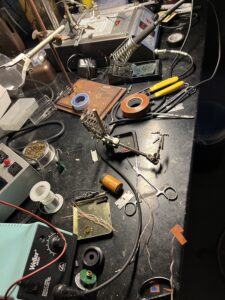
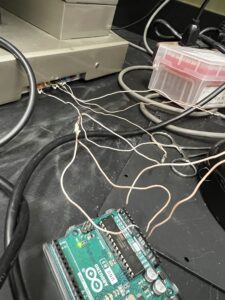
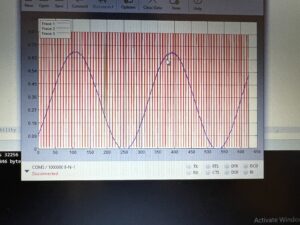
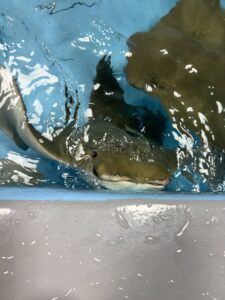
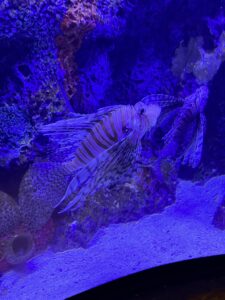
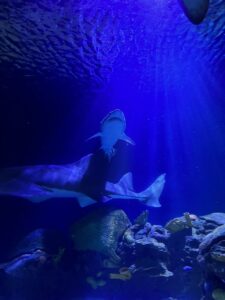
Tiffany, this all sounds fascinating! What is an ellipsometer? It is very cool that you were able to problem solve on Wednesday so that you could get good results! I hope you enjoyed the Spiderman movie!
Thank you Sarah! An ellipsometer is an instrument used to measure a change in the polarization of light as it reflects or transmits from a material structure. The measurement that we get from the ellipsometer is used to calculate the thickness of very thin films like the ones that Saida is trying to produce! So I’m using the ellipsometer to analyze the film that she makes and see if it has the desired qualities that we are aiming for.